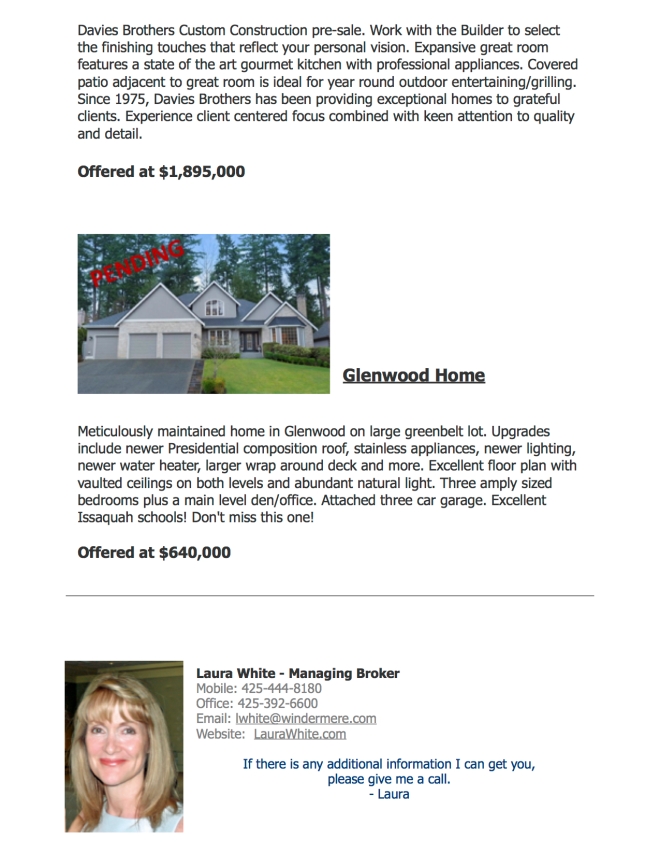Soaring home prices continue to serve existing homeowners, with nearly 45% of all property owners now considered equity rich, a year-over-year jump that boosted 13% more homeowners into the prime position.
A homeowner is considered equity rich when they have at least 50% equity in their home, a feat more easily accomplished when skyrocketing home price appreciation widens the gap between what someone owes on their mortgage and the value of their house.
About 44.9% of mortgaged residential properties in the first quarter of 2022 had at least 50% equity in their property, according to ATTOM. The portion of mortgaged homes that were equity rich rose from 41.9% in the fourth quarter of 2021 and from 31.9% during the same period in 2021.
“Homeowners continue to benefit from rising home prices,” Rick Sharga, executive vice president of market intelligence for ATTOM, said in a statement. “Record levels of home equity provide financial security for millions of families, and minimize the chance of another housing market crash like the one we saw in 2008. But these higher home prices and rising interest rates make it extremely challenging for first time buyers to enter the market.”
In the first quarter of 2022, just 3.2% of mortgaged homes, or one in 31, were considered seriously underwater – meaning the owner owed at least 25% more than the property’s estimated market value. While that figure is largely unchanged from the 3.1% of seriously underwater homes in the prior quarter, it was a marked improvement from 2021’s 4.7%, or one in 21 properties.
The decade-long housing marketing boom, which continued from late 2021 into early 2022, largely has been attributed to the rise in home equity. But across the country, the median home price rose 2% during that period – to another record of $320,500, according to ATTOM. Market analysts say a glut of home buyers chasing a historically tight supply of properties also brought up prices even higher.
ATTOM expects the latest home equity trend to slow in the remaining months of this year.
“It’s likely that equity will continue to grow through the rest of 2022, although home price increases should moderate as the year goes on,” Sharga said. “Rising interest rates, the highest inflation in 40 years, and the ongoing supply chain disruptions due to the war in Ukraine are likely to weaken demand and slow down home price appreciation.”
Nationwide, 45 states saw equity rich levels rise from the fourth quarter of 2021. However, at the same time, the percentage of mortgaged homes that were seriously underwater increased in 28 states.
Idaho had the highest level of equity-rich properties with 68.8%, while Vermont (68%), Utah (63.6%) and Washington (60.9%) followed. Meanwhile, Mississippi ranked first for having the country’s biggest portion of mortgages seriously underwater at 17%. It was trailed by Louisiana (11.3%) and Wyoming (10%).
~ Connie Kim, Housing Wire





